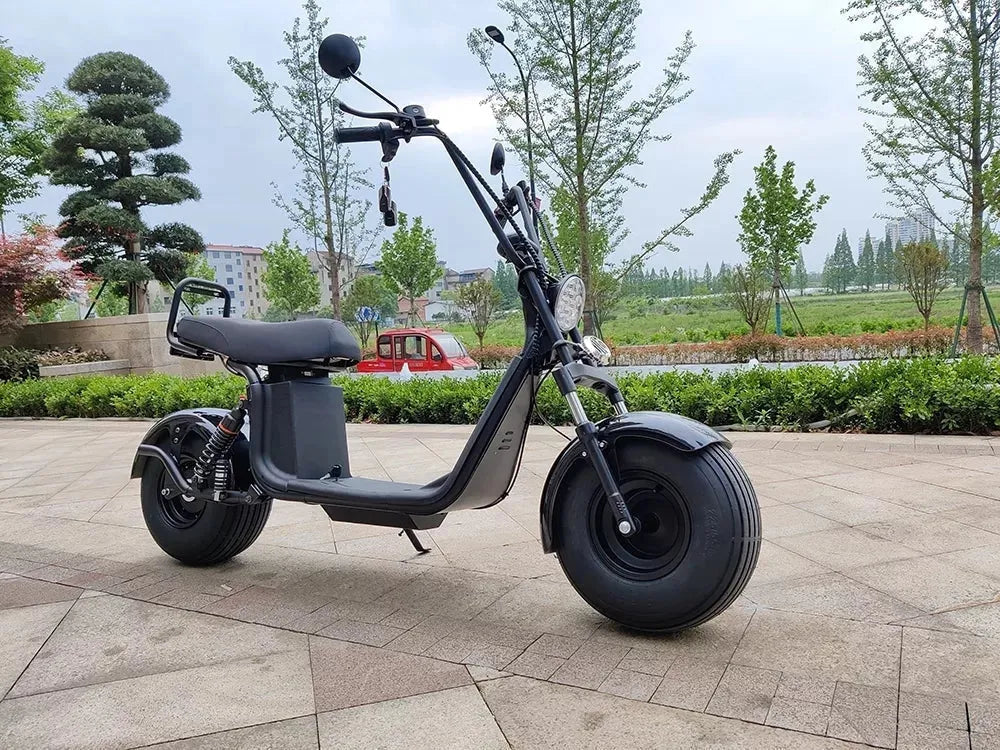
Why fat tyre scooters (citycoco) will win out in the long run
In recent years the fall in battery costs has led to a rapid proliferation of different types of electrically propelled last mile vehicles. Some of the most popular are escooters, but we have also seen hoverboards, ebikes, Onewheels and electric skateboards. With the new market being made possible only in recent years manufacturers, consumers and regulators are experimenting with different form factors.
Whilst some of these do look very cool and fashions change over time, in the long run I believe it is the fundamentals of the form factors that will determine which are most successful in gaining mass adoption.
There are a lot of issues with the one wheel form factor, particularly around grip and breaking. These are easy with four wheels, challenging with two and very difficult with one wheel - the US government has even warned customers not to purchase a Onewheel.
In terms of hoverboards and escooters there are two main areas which are sacrificed for portability; wheel size and seating. The small wheel size makes them more dangerous at higher speeds, with less grip and small discs leading to poor breaking and potholes or road surface issues potentially throwing a rider off. The lack of seating make them uncomfortable for longer rides. The lack of space for a large battery also limits range and they are challenging to lock to a bike rack or lampost.
These sacrifices make sense for ensuring portability; if you have to carry it up to your flat and need to store it below your desk at work. However there the more expensive escooters seem to be focused on speed and range at the cost not being particularly portable (they often cannot be folded). This seems to make little sense - the form factor hamstrings you in trying to achieve this whilst offering you little benefit in terms of portability.
Fat tyre scooters fix many of these issues. The larger wheels are far safer at higher speeds. The have good seating and better storage than escooters. They can fit large batteries and they also offer some weather protection.
The downsides are around cost, size and regulation. Most obviously they are larger, heavier and so cost more (roughly 3x, although the difference will likely fall if they get more widespread adoption). The larger size makes them more difficult to store, particularly for apartment dwellers in urban areas. Lastly some regulators are more sympathetic to escooters vs the larger and potentially more disruptive fat tyre scooters.
Ultimately it seems likely that fat tyre scooters will, at a minimum, carve out a significant niche for those who are willing to sacrifice the portable of escooters for better performance at higher speeds and ranges. In the most optimistic scenario we could see them become the main class of electric personal transport, with escooters starting to fade as more customers become aware of their limitations.
Note:
I'm also pretty bullish on ebikes. They use an existing infrastructure and form factor to increase range and reduce effort vs a regular bicycle. The wheels are also typically far too big, I strongly agree with gocycle that most bicycle wheels are far too large - bicycle form factors seem to have gotten frozen a little. However they lack some weather protection and storage and are unsuitable for people who would struggle to cycle longer distances.

1 comment
Definitely an interesting post!